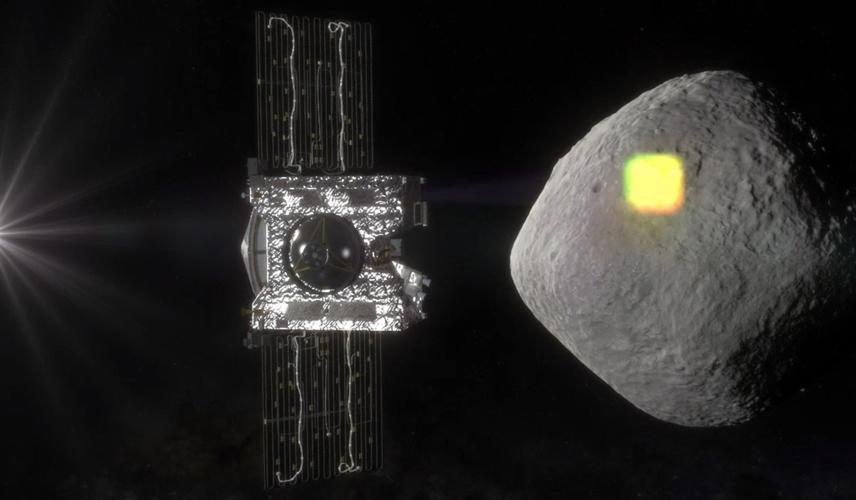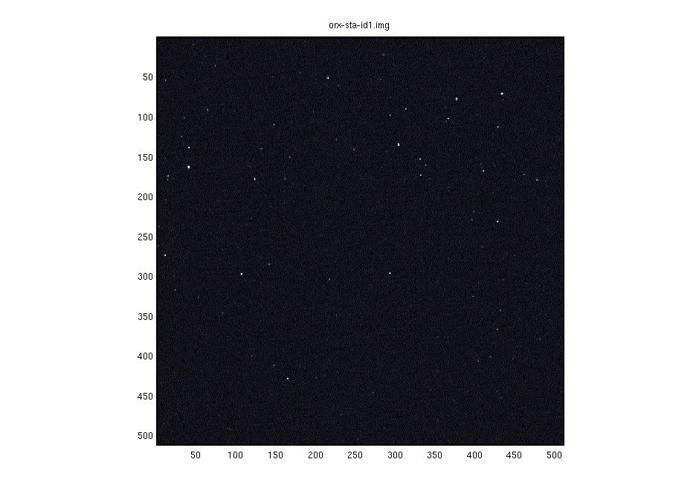In the week since its “perfect” launch , the OSIRIS-REx robotic spacecraft continues to behave as it cruises to its rendezvous with the asteroid Bennu.
The spacecraft will arrive at Bennu in two years, then spend a year mapping it and selecting a site to collect a sample. Sample return is scheduled for 2023.
An update issued by the University of Arizona and Goddard Space Flight Center on Thursday announced a successful check of the camera it uses to navigate its path by comparing the star field it sees to a catalog in its onboard computer.
In the coming week, mission scientists and engineers will test operation of the various instruments on board including OCAMS, the OSIRIS-REx camera suite built by the UA’s Lunar and Planetary Laboratory, said mission spokeswoman Erin Morton.
At midday Thursday, the spacecraft was 2 million miles from Earth, traveling at 12,300 mph.
Essential systems were checked after the mission’s liftoff from Kennedy Space Center in Cape Canaveral, Florida, on Sept. 8.
“Right after we separated, the solar arrays came out and the onboard systems powered on. We held our breath until it relayed to the Deep Space Network in Canberra (Australia) that it had done exactly what it was supposed to do, when it was supposed to do it,” Morton said.
The team will continue to test and calibrate the spacecraft’s systems and instruments in the months and years to come, said Morton.





